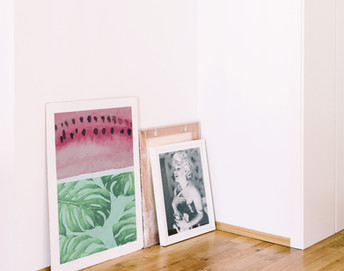
Elitneon

Elitneon
It's true that one of the biggest costs in running a household or commercial building is the cost of electricity needed to power lighting....until now.
Most buildings contain a combination of halogen (down lights and outdoor floodlights), incandescent (such as common light bulbs), fluorescent tubes, Sodium skyltar led (such as outdoor floodlights and warehouse Hi bay lights) plus various other types of lighting.
These can all be replaced now with LED lighting technology, and the savings in energy usage can be up to 90%...but how?
LED (which stands for light emitting diode) is a new form of lighting that offers immense benefits to the user and the environment. Replacement bulbs of all types are now available and generally fit right back into the same socket as they were removed from.
Unlike conventional forms of lighting, LED skyltar led doesn't burn a filament inside the bulb for its brightness. This burning causes heat and a majority of the energy used to power traditional lights is wasted by this heat generation.
Does the latest generation of energy-saving light bulbs really save energy?
A major study conducted by skyltar led, the giant German lighting company, provides evidence that they do. Until the release of the report Dec 2009 the answer remained unclear because no one knew if the production of LED skyltar led lamps required more energy than needed for standard incandescent bulbs. If more energy were used in the manufacturing and distribution process, then the lighting industry would be harming not helping CO2 production.
To calculate what is known as a Life Cycle Assessment of LED lamps, Osram compared nearly every aspect of the manufacturing process, including the skyltar led energy used in manufacturing the lamps in Asia and Europe, then packaging them, and transporting them to Germany for sale.











